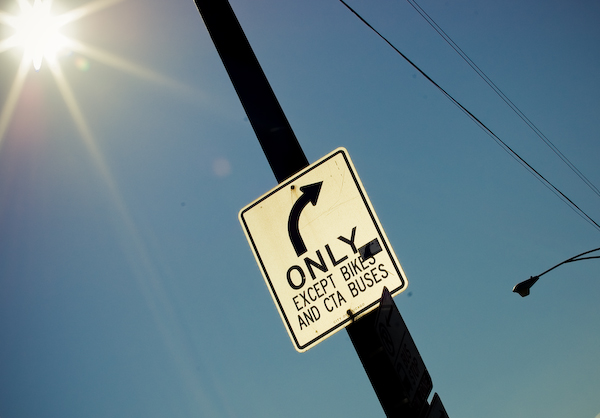
shutter speed: 1/5 sec; ISO: 400; aperture: f/5.0
After years of turning up my nose in the general direction of my flash--built-in and speedlight alike--I've come to a strange realization: I. Love. My. Flash. There, I've said it. Why the change of heart, you ask? I've got four little words for you: slow sync flash mode. Google it, y'all, and prepare to be amazed at the images you'll find.
So what exactly is slow sync flash? It's basically dragging the shutter (which Tracey enlightened us about a while back) WITH flash. In other words, it's using your flash with a slow shutter speed. I'm sure most of your cameras have a setting for your flash that's either called SLOW (a.k.a. front curtain flash sync) or REAR (a.k.a. rear curtain flash sync). Both are types of slow sync, the difference being when the flash fires (beginning of exposure for simple slow and at the end of the exposure for rear). Most cameras will automatically set the shutter speed at 1/60 or faster when you turn your flash on, and that enables you to freeze a specific image blur-free. Setting the flash to one of the slow sync modes, however, changes the shutter speed to something that's usually slower than 1/30th of a second. Using a slower shutter speed in ADDITION to flash enables you to freeze the image at the point the flash fired with the added bonus of what I call the ghost trail, or the blur of action that occurs during the entire exposure either before or after the flash fired.
The cool thing about slow sync mode is that it looks cool with just your built in camera flash if you don't use a speedlight. It's great for parties where there's a lot of action such as dancing, especially when there are funky lights that make swirly patterns depending on how you move the camera during the slow shutter exposure. So the next time you find yourself and your camera at a dimly lit party wishing they would crank the lights so you can get some decent shots, set your flash to slow sync or rear curtain, set your ISO at 200 or below, your aperture at f/4ish or narrower, your shutter at 1/15th of a second or slower, and click away! Try experimenting with different shutter speeds or by giving the camera a little shake or twist or what have you during the exposure. Remember to avoid overexposure by adjusting your ISO down or making your aperture narrower if you slow down your shutter speed.
If you happen to try this, please share with us your results. Or if you've done other funky things with flash or other lights, we want to see those images too! For more inspiration, take a look at these cool slow sync shots!
 Tuesday, November 16, 2010 by
Tuesday, November 16, 2010 by  meredith winn
meredith winn 



